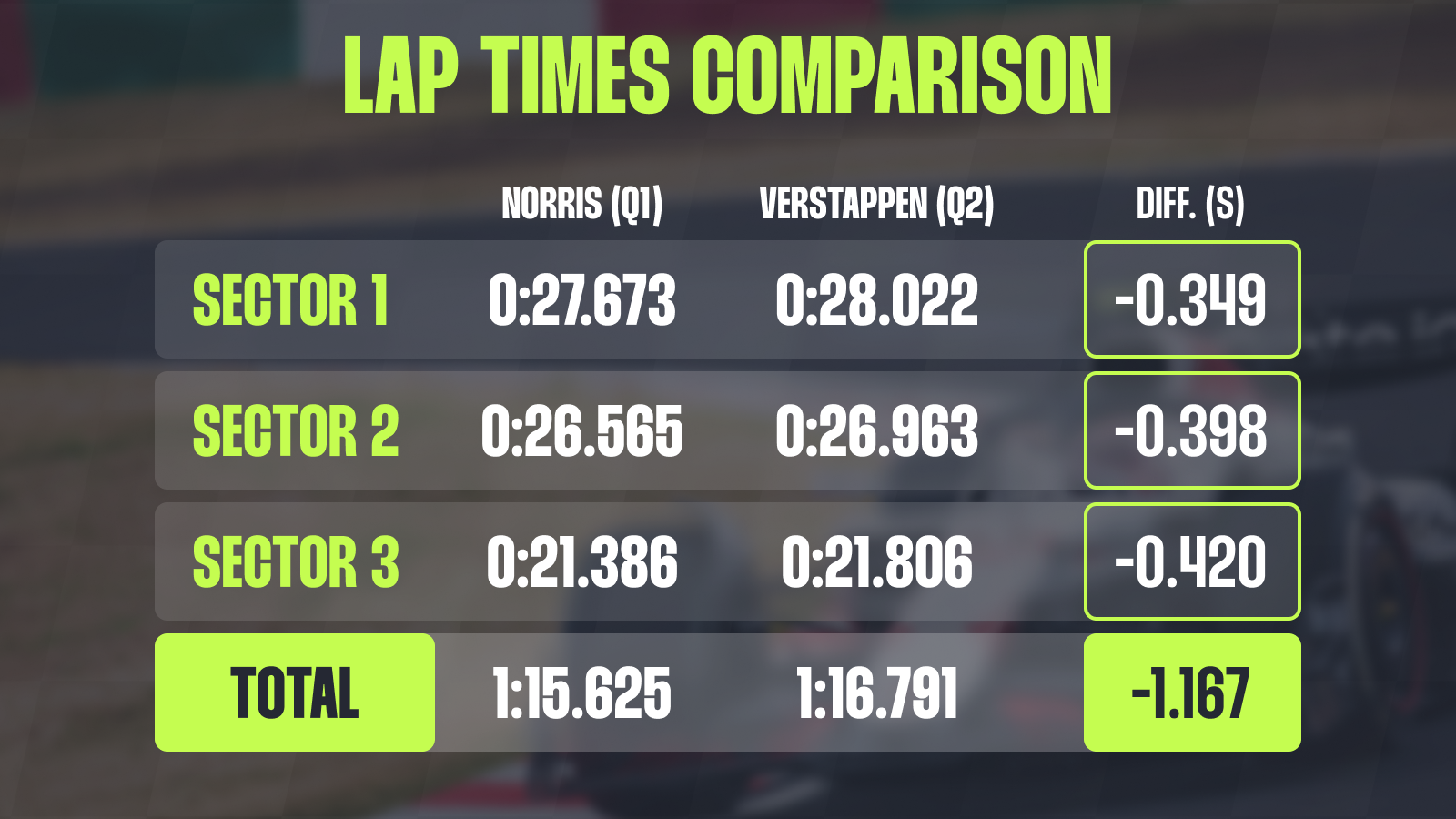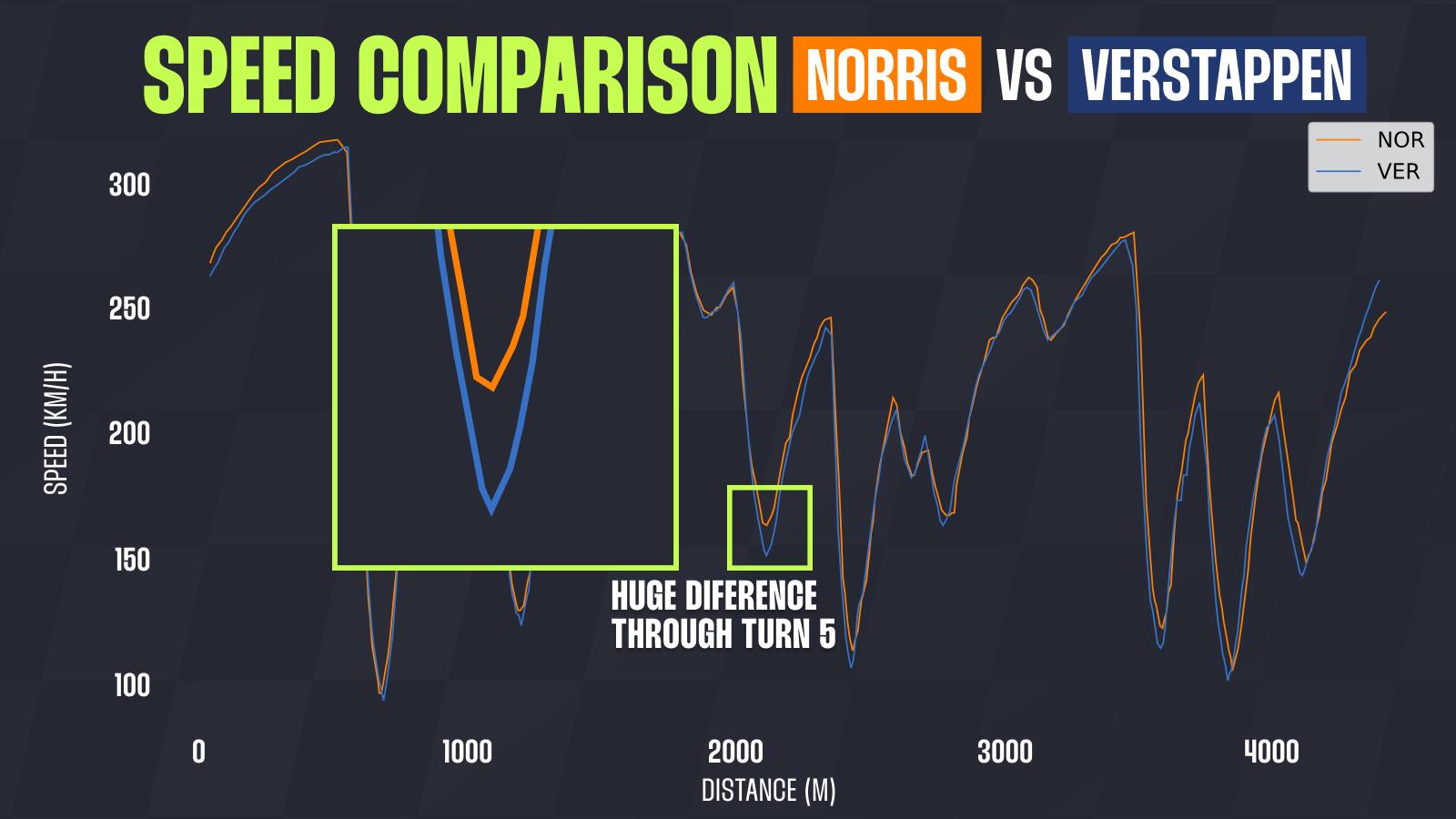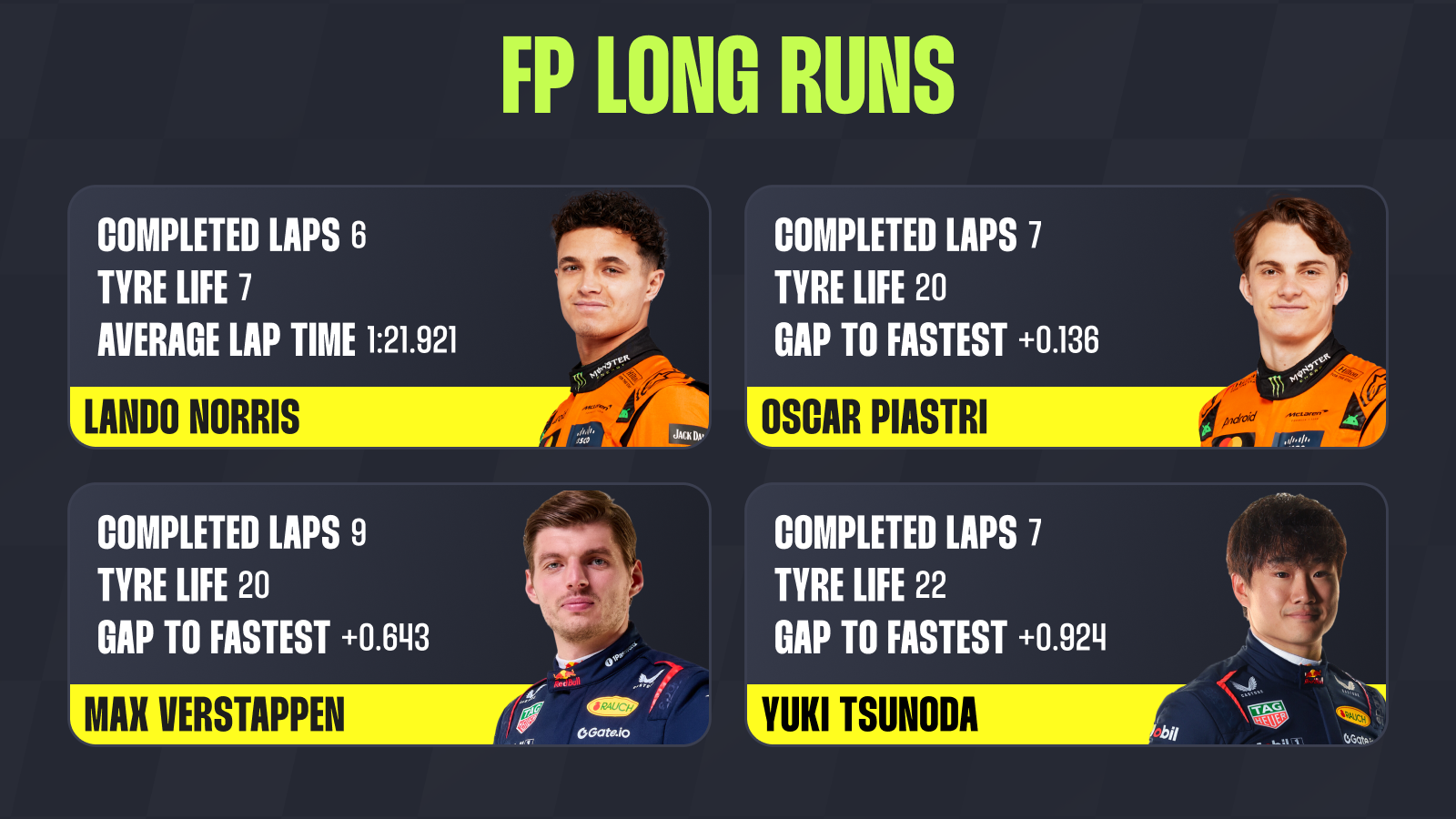Red Bull’s early practice blow with fresh data revealed

After the first two practice sessions at the Hungaroring, Red Bull Racing finds itself in serious trouble — with their best result being Yuki Tsunoda’s P9 and a gap of nearly 0.9 seconds to the top in FP2.
Despite their recent dip in form, it’s been a long time since we’ve seen the Austrian team struggle this much on track. What are the reasons behind this drop, and what can we expect for the rest of the weekend? The telemetry data holds the answers.
Red Bull in trouble at the HungaroringThroughout the entire F1 2025 season, Max Verstappen and Red Bull have been the only real threat to McLaren’s growing dominance. On several occasions, we’ve seen Verstappen secure wins and even pole positions despite being in a clearly inferior car. His precision on track is astonishing, and it’s been incredible to watch what the Dutchman can extract from the RB21.
But Red Bull’s form has been inconsistent for some time now, and perhaps it’s no surprise that Hungary is the circuit where that form has taken a sharp downturn.
This is a track that would have suited their car two years ago — but not the one they’re running today. The layout, with mostly slow corners and only one real straight, doesn’t allow Red Bull to exploit the straight-line speed advantage they’ve relied on so far.
On such a technical track, where you need as much front-end stability as rear grip, having a well-balanced car is critical — and that’s been Red Bull’s major weakness with its RB21.
Anticipating potential issues on this type of circuit, Red Bull engineers brought a new front wing design to Hungary aimed at generating more front-end downforce and reducing understeer.
During the sessions, in addition to throwing a towel out of his car, Verstappen repeatedly complained about a lack of grip — which, judging by the data, was very real.
For instance, it’s been ages since we’ve seen Verstappen trailing his teammate in any session, let alone being over 1.1 seconds off the pace. But what does that gap look like on track?

Verstappen was losing about 0.4 seconds per sector compared to McLaren’s Lando Norris, except for the first sector where the gap was a slightly smaller 0.35s.
Looking at apex speeds during their fastest laps, Norris is faster across every part of the circuit.
The most noticeable differences come at Turn 5 and in the final three corners. The delta line for both Verstappen and Tsunoda in these corners shows a clear drop-off — it seems that by the time they reach this section of the track, the RB21 has already overworked its tires and grip levels drop dramatically at the end of the lap.


Both drivers lose nearly as much time in just these corners as they do over the rest of the lap.
More tech updates from Formula 1:👉 How Williams are looking to stay one step ahead with new FW47 updates
👉 Have recent updates stunted Mercedes’ W16 progress?
Another key comparison from Verstappen’s and Norris’s laps is top speed — surprisingly, McLaren is faster in this area. This might be the first time we’ve seen this all season.
Norris was quicker before Turn 1, again before Turn 2, and even on the short stretch before Turn 12. There’s a good chance Red Bull wasn’t using their power unit at full deployment.
This is also the first time that Yuki Tsunoda has been faster than his teammate after a practice session.

At the start of the lap, Tsunoda hit higher speeds on the straights. His better runs through Turns 1 and 2, plus higher top speeds before Turn 4, gave him an advantage of about two-tenths in Sector 1.
In Sector 2, both drivers were nearly equal, with a slight edge for the Japanese driver. That pattern continued into the final sector — especially in the tricky last three corners — where Tsunoda seemsedto be more comfortable handling the unstable RB21.
What about long runs?During FP2 race simulations, Verstappen was quicker than both Tsunoda and other midfield drivers — but critically, the gap to McLaren was still significant.
The four-time world champion was, on average, about half a second slower per lap than Oscar Piastri, who ran his stint on similarly old tires and completed a similar number of laps. Tsunoda, on the other hand, was roughly 0.3s per lap slower than Max.

If things don’t improve before qualifying, we may be in for one of Red Bull’s weakest races this season in terms of raw performance. However, if there’s one thing we’ve learned, it’s to never write off Max Verstappen or Red Bull — not until the final flag.
Let’s see how the engineers will use FP3 to try and turn things around, and whether we’ll see a completely different RB21 when it matters most — in qualifying.
Read next: Chief McLaren threat steps forward with Hungarian GP data uncovered
planetf1.com





